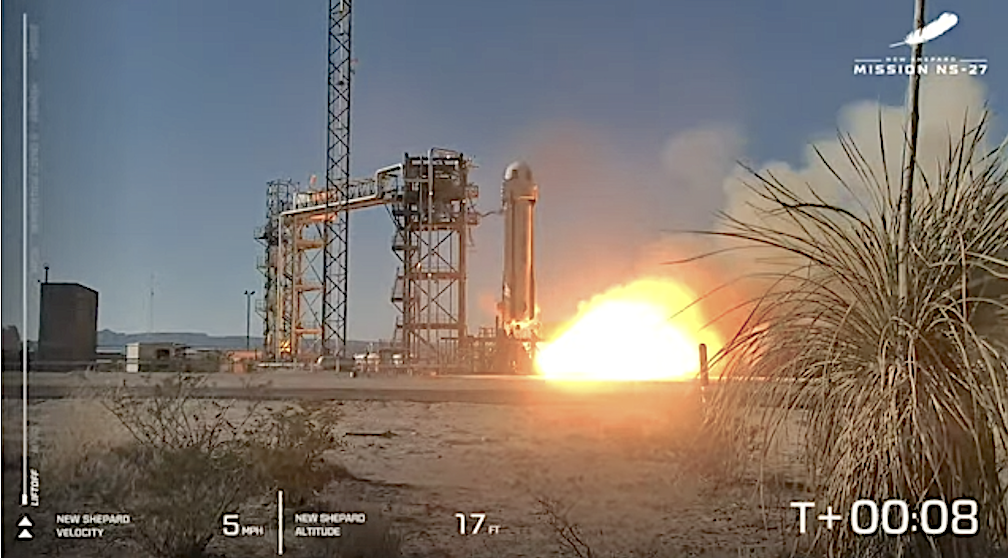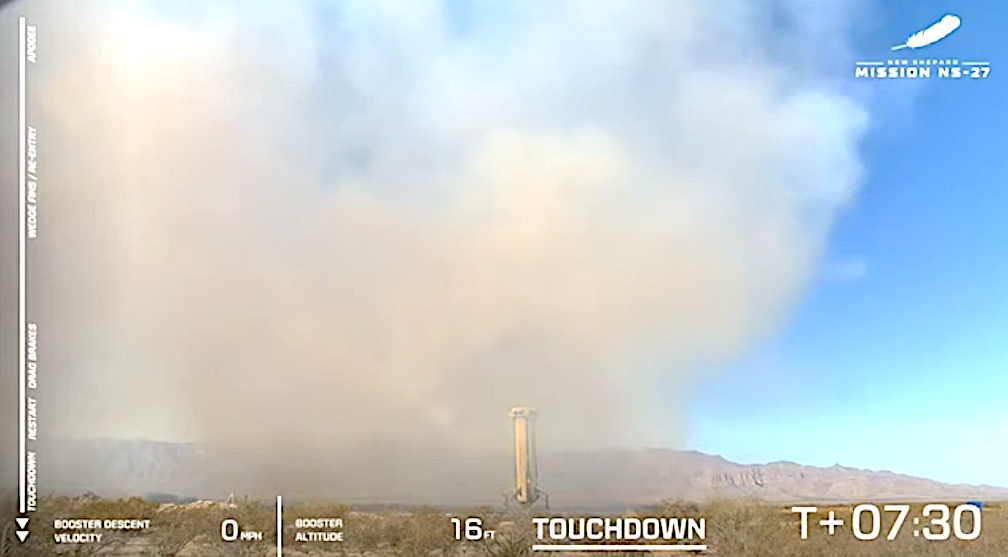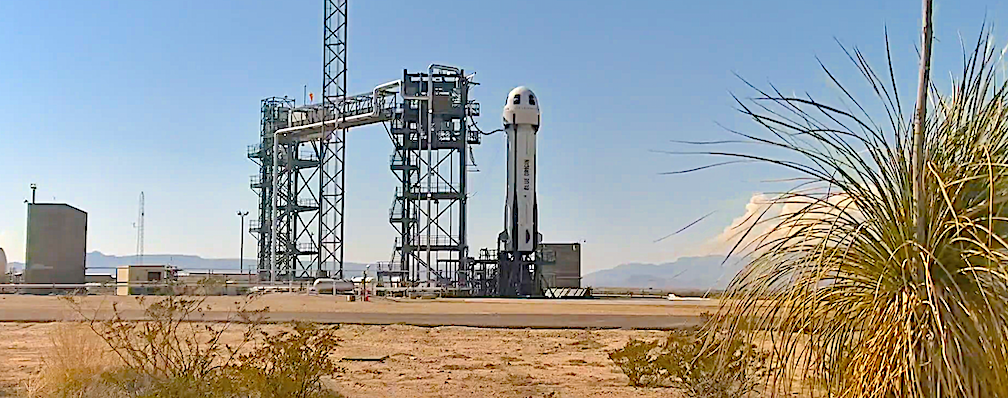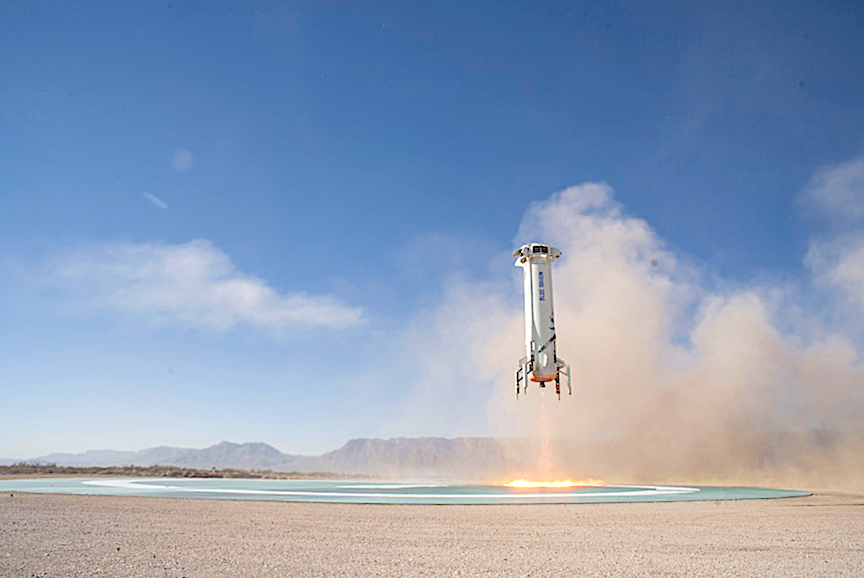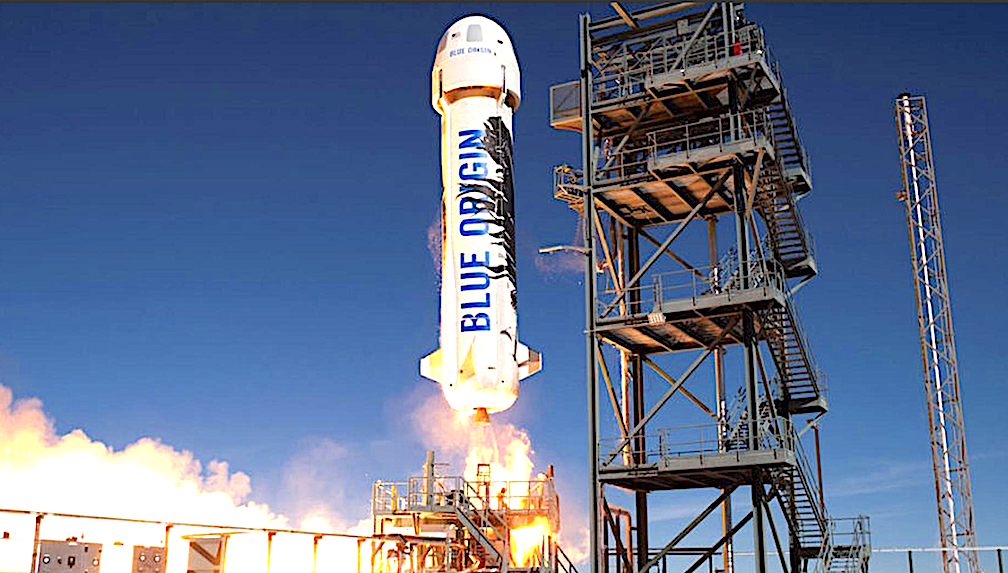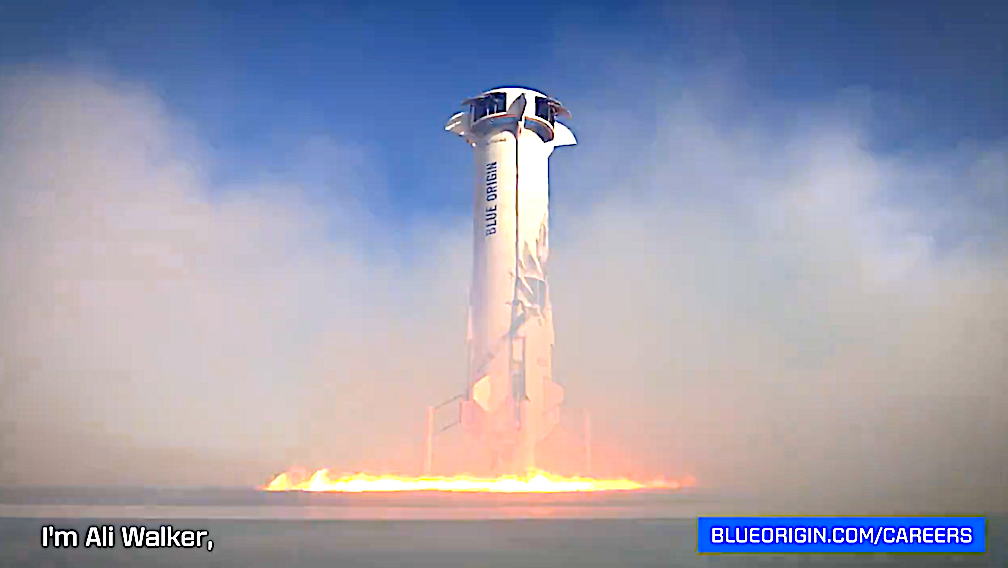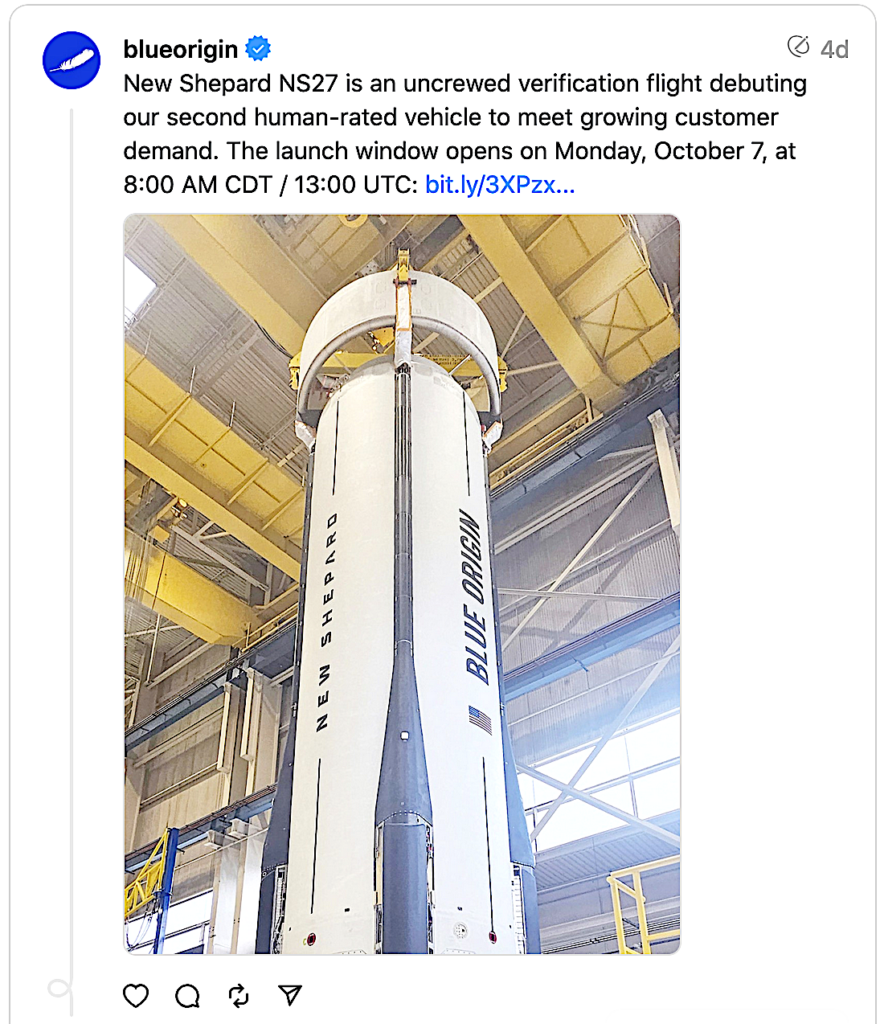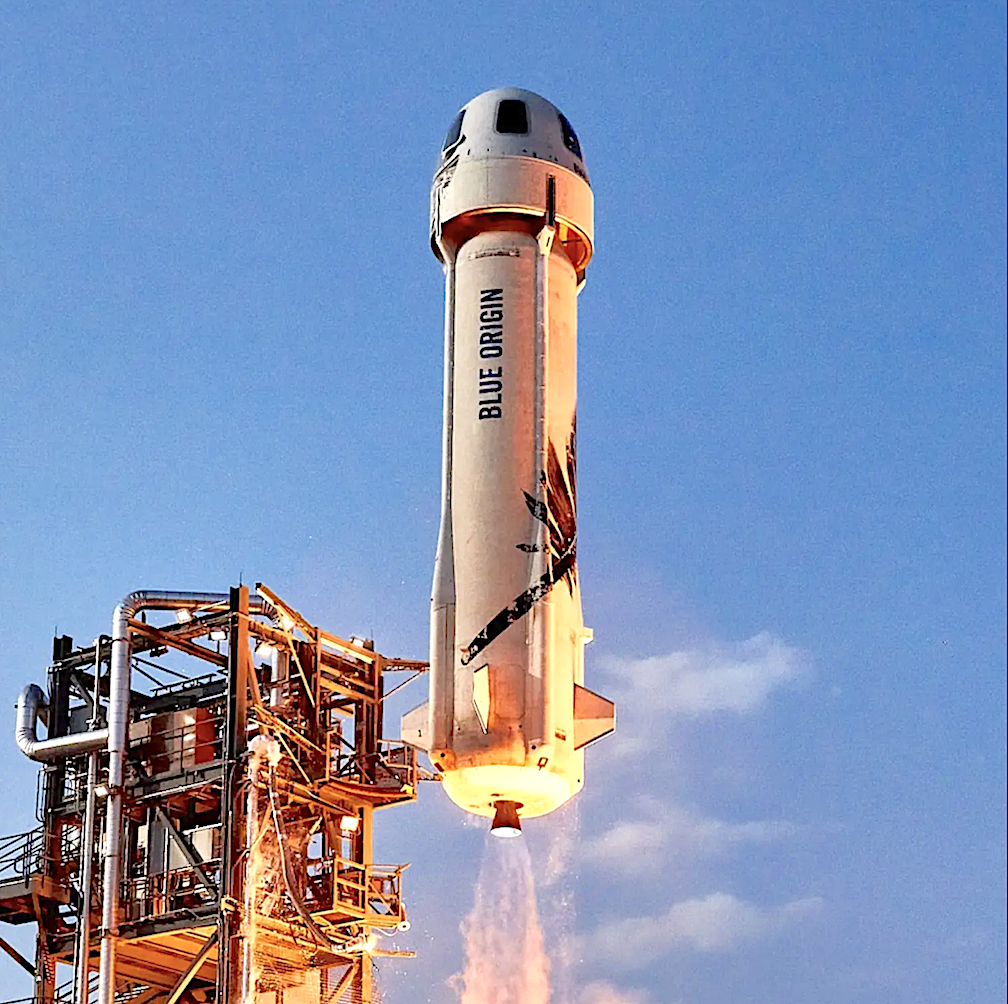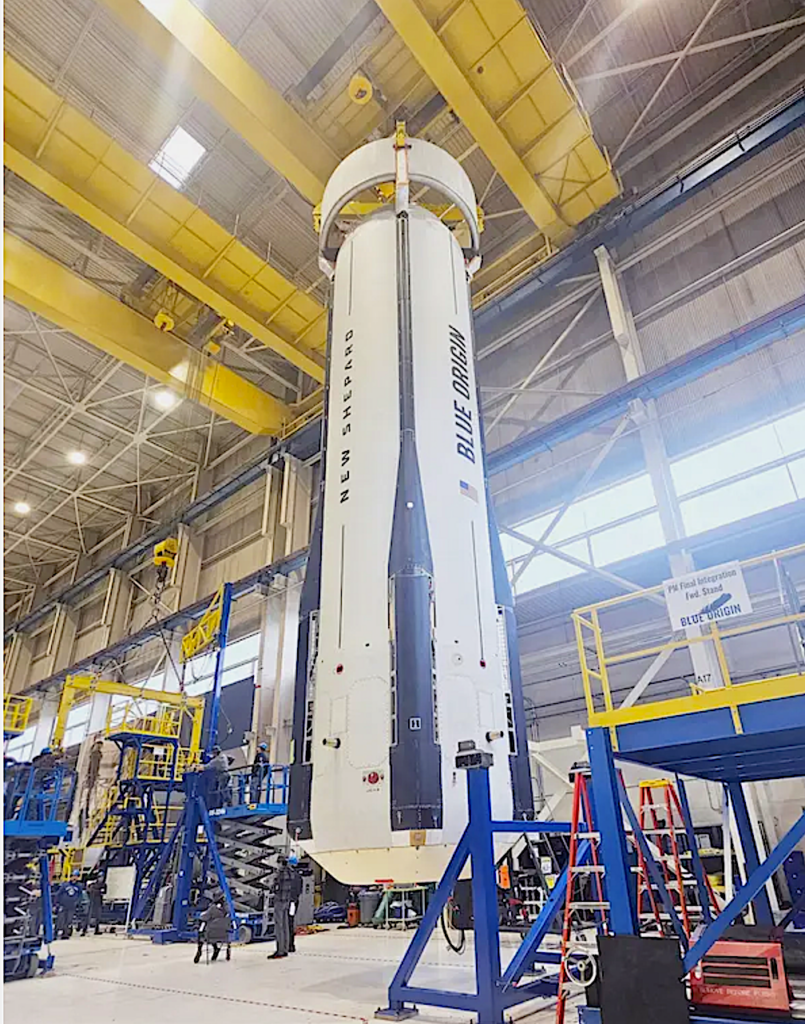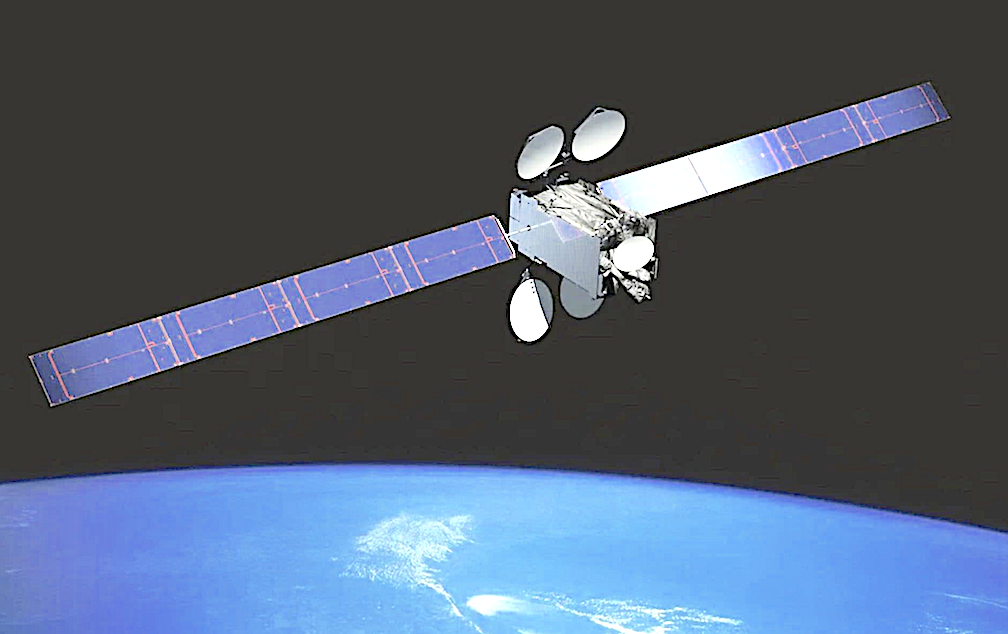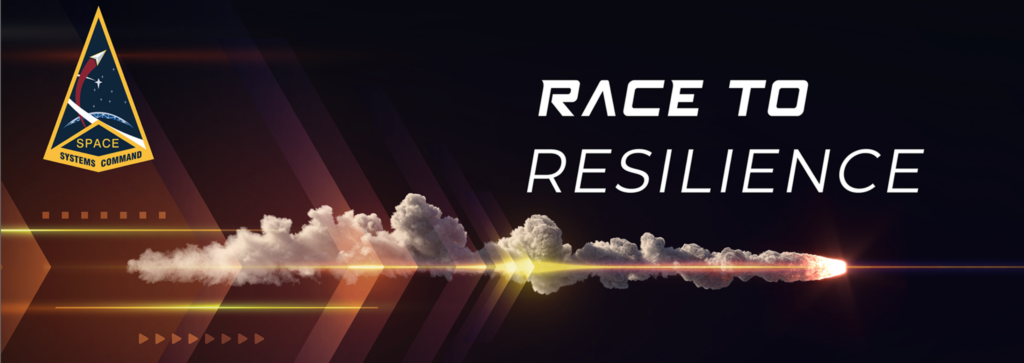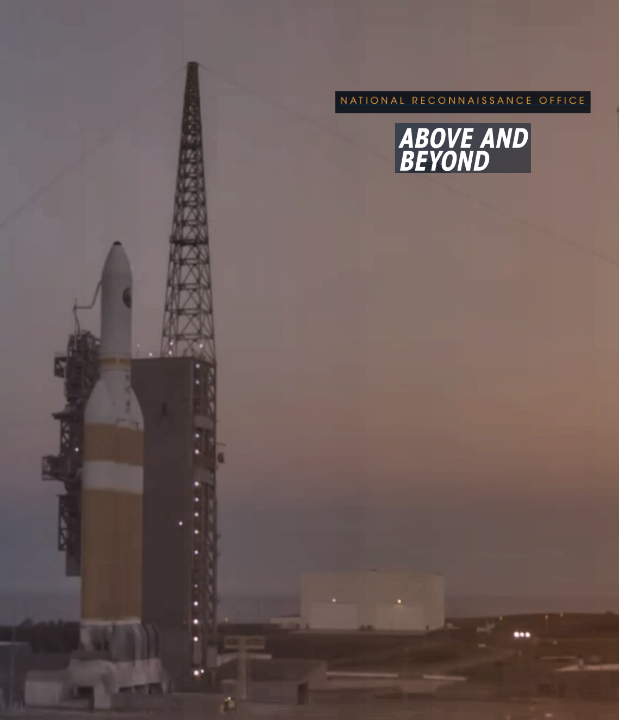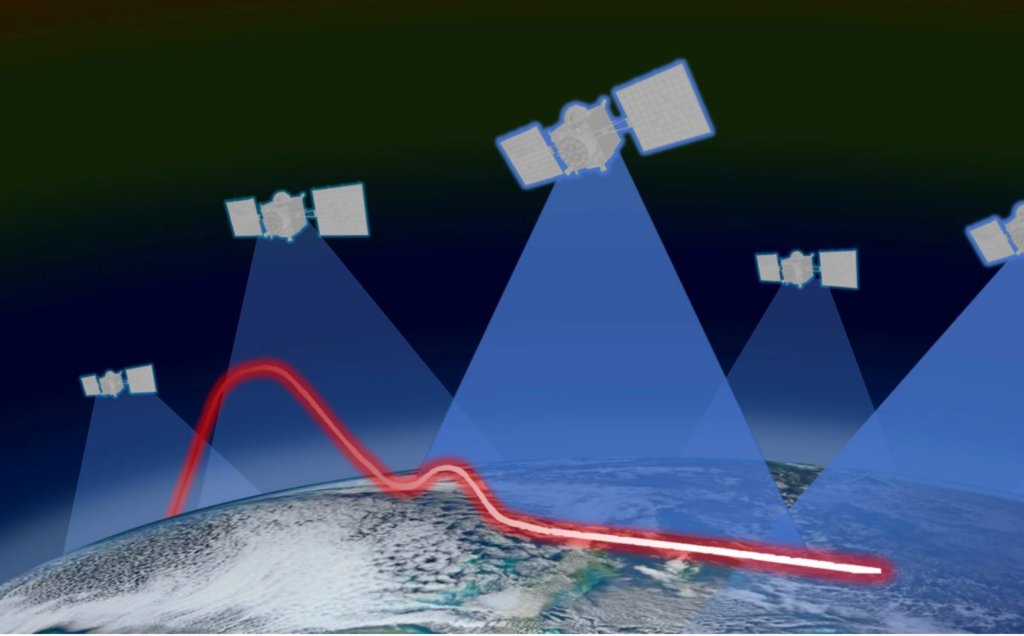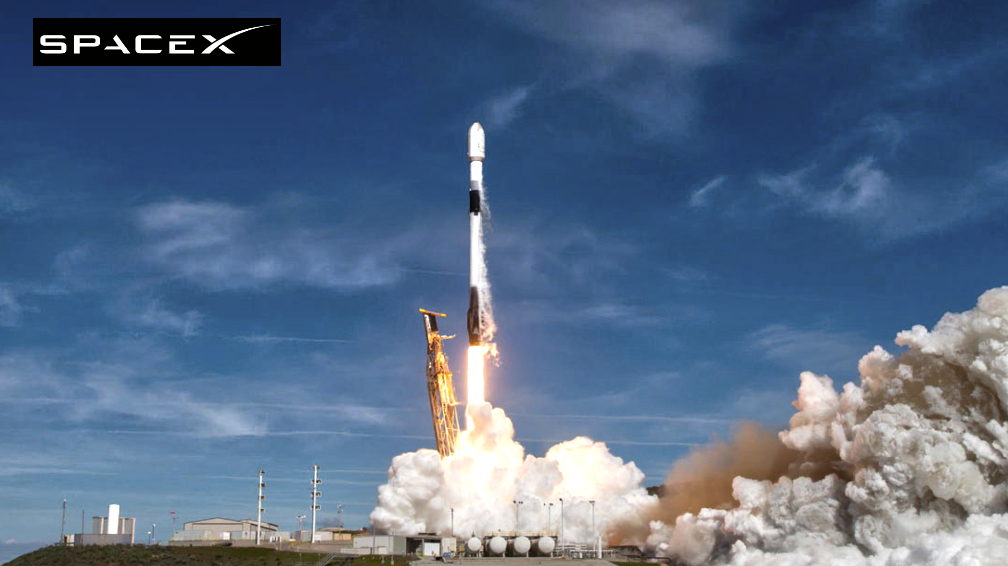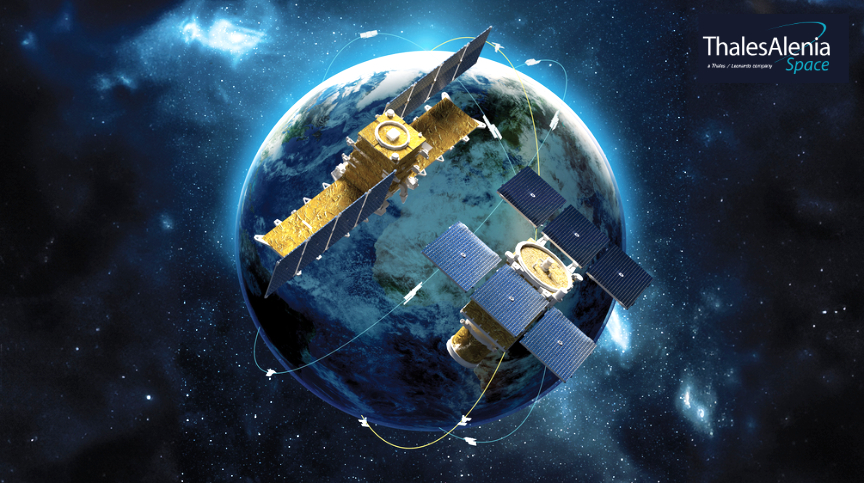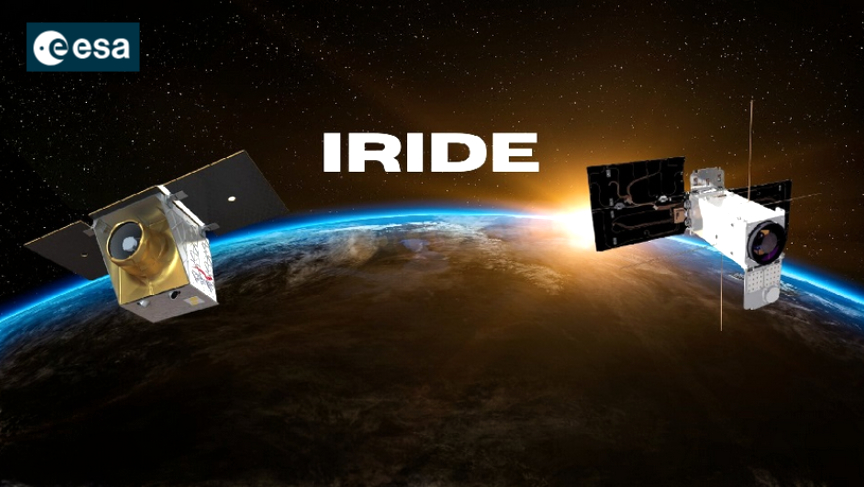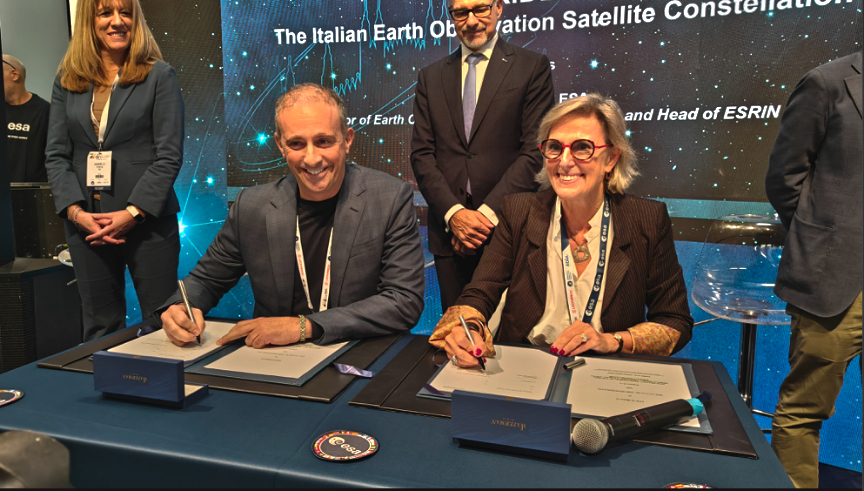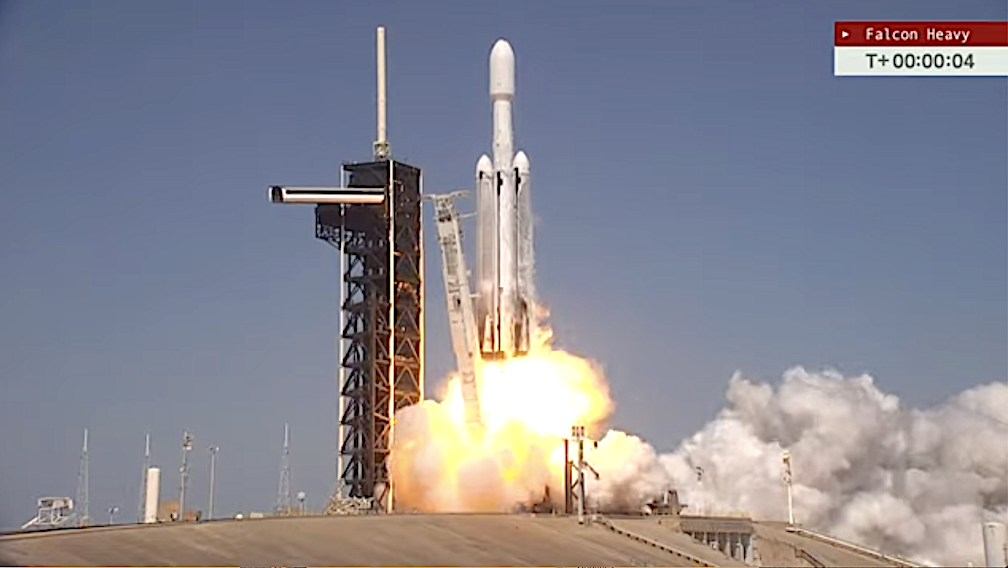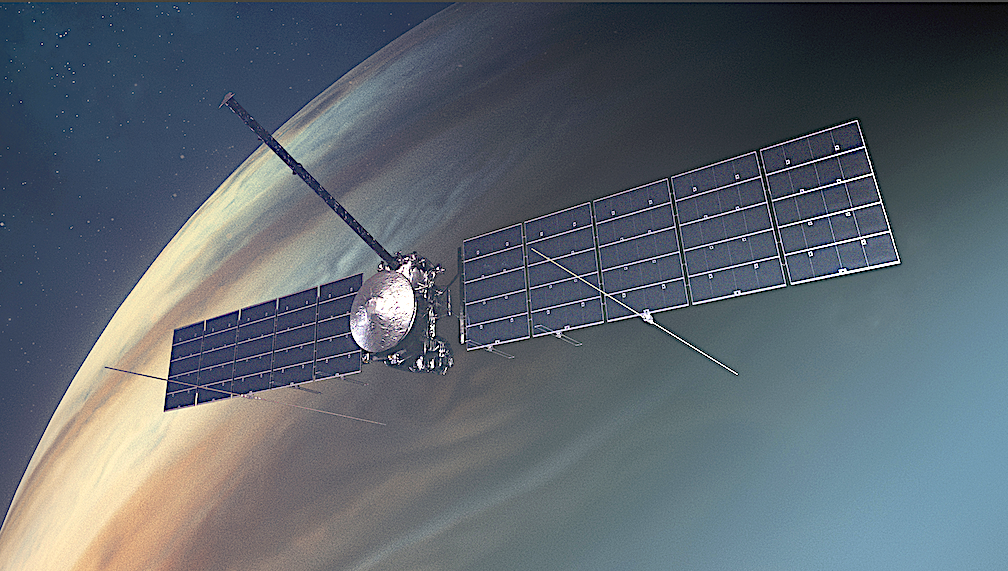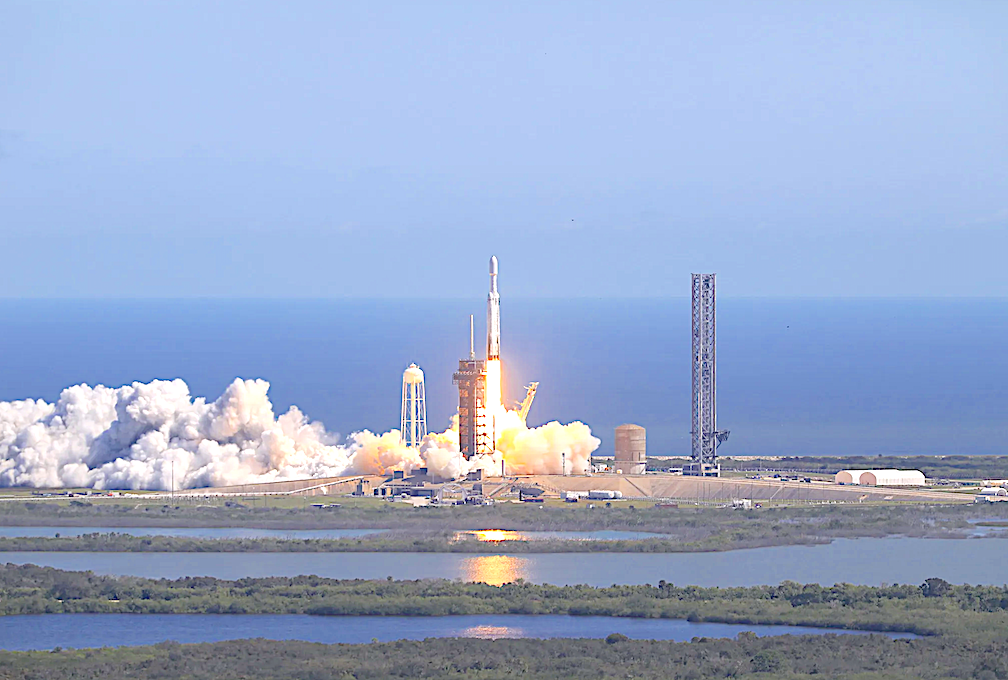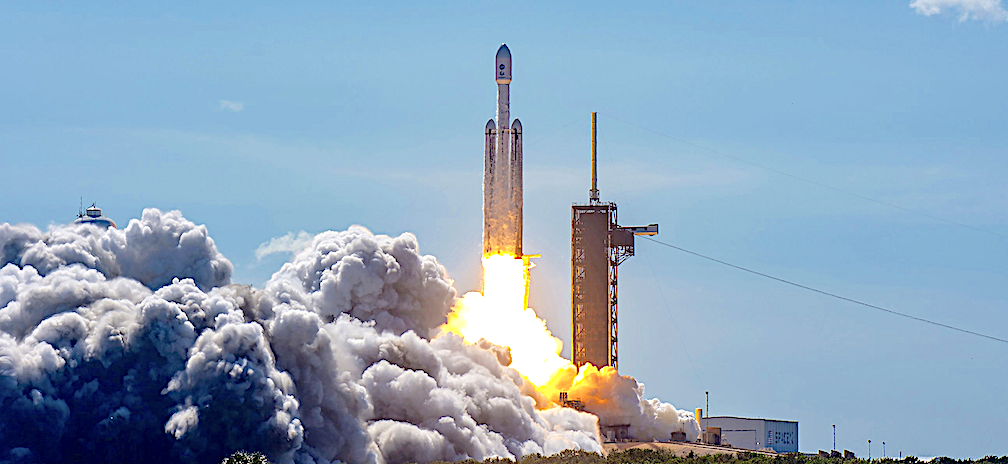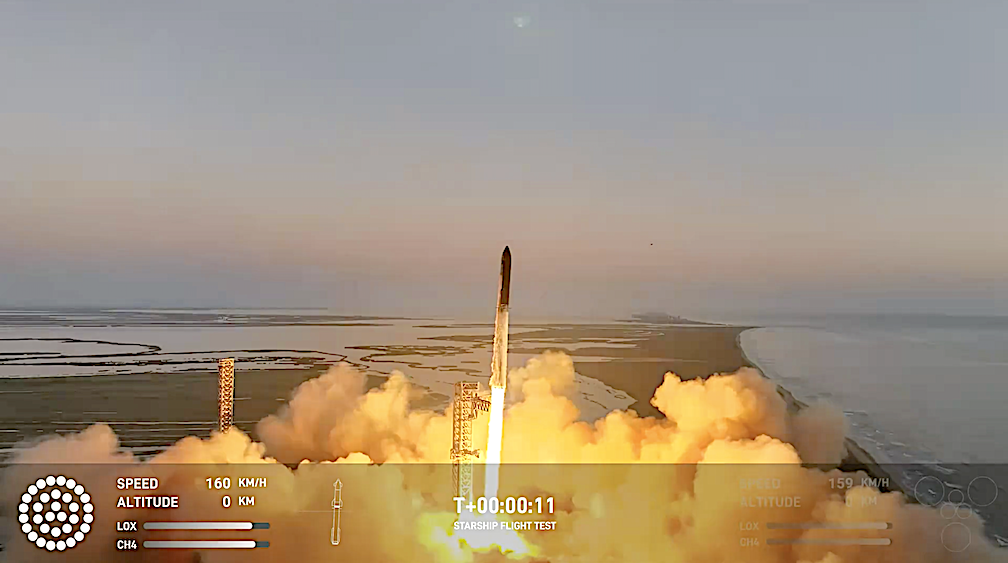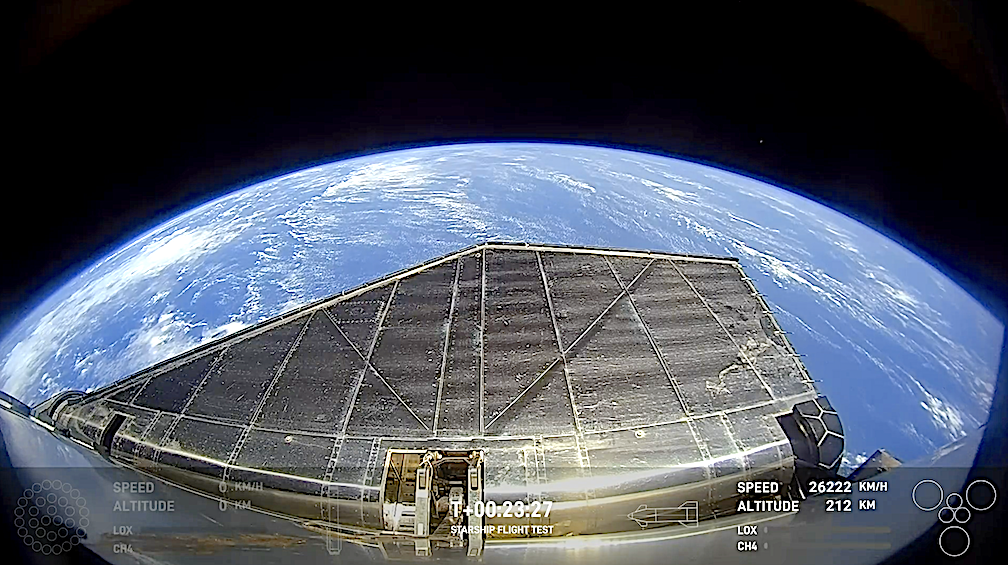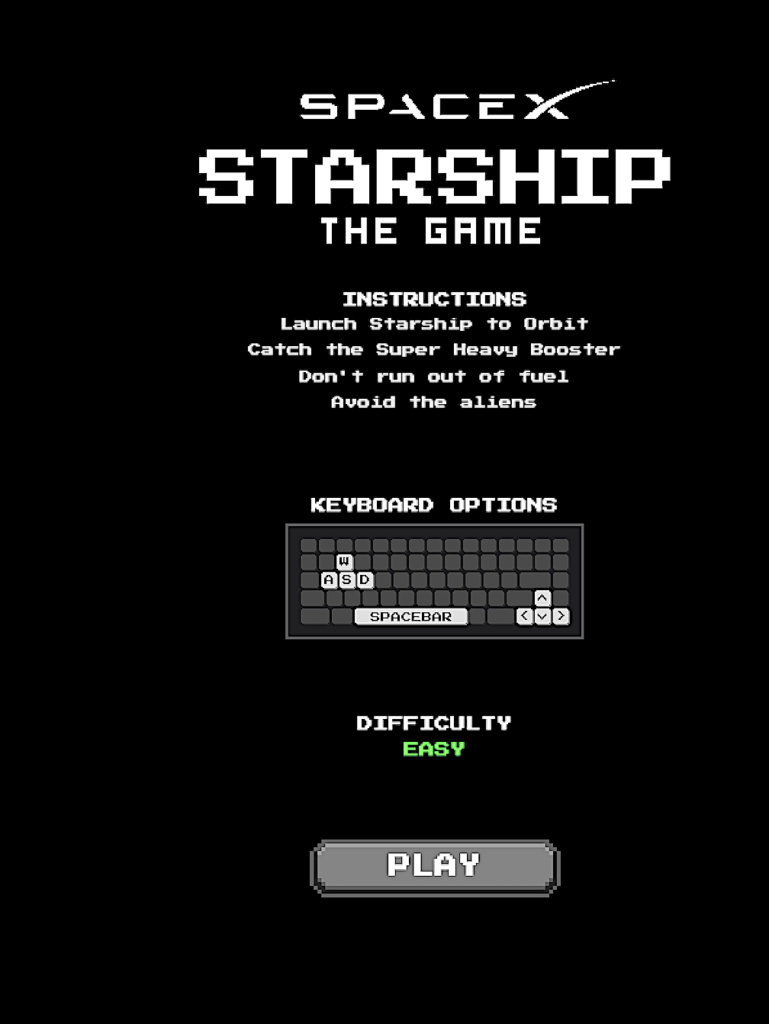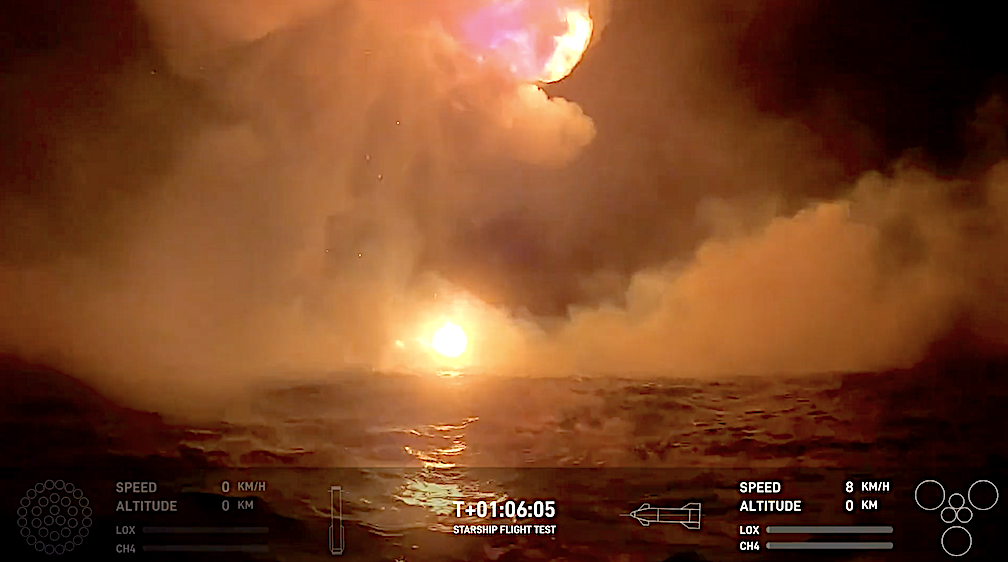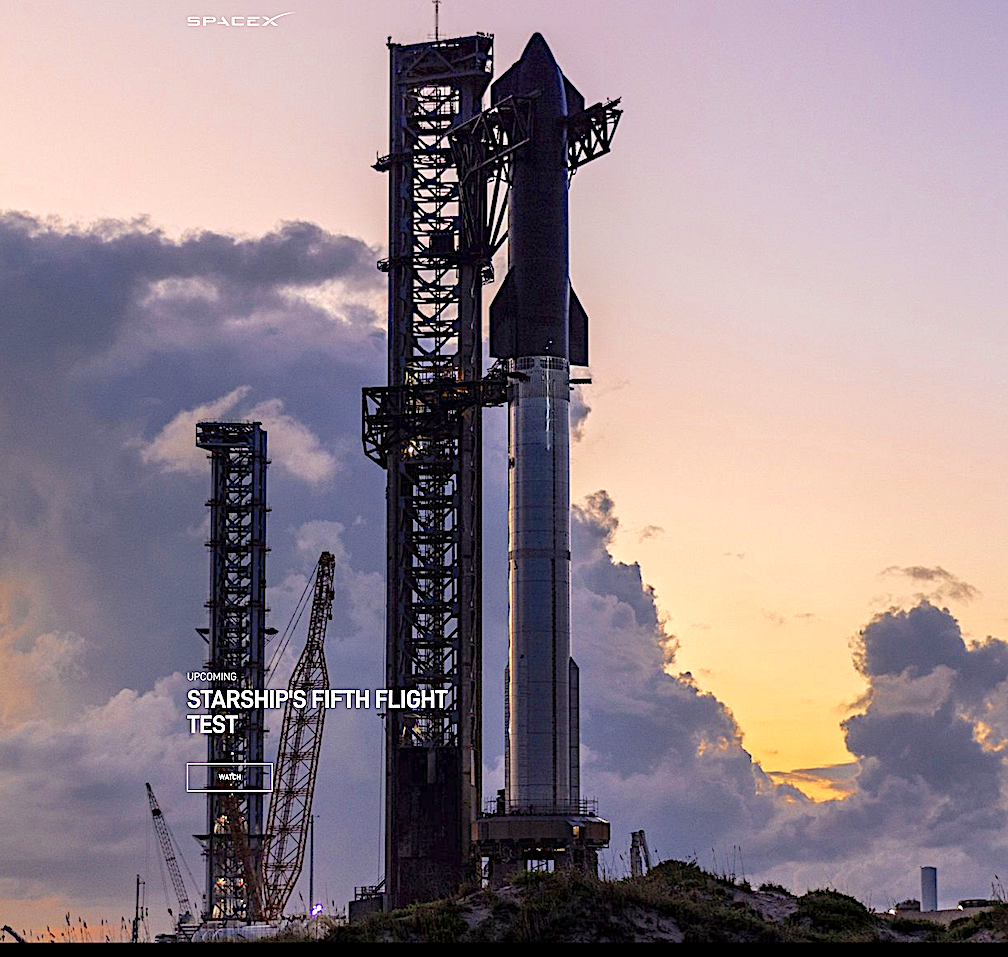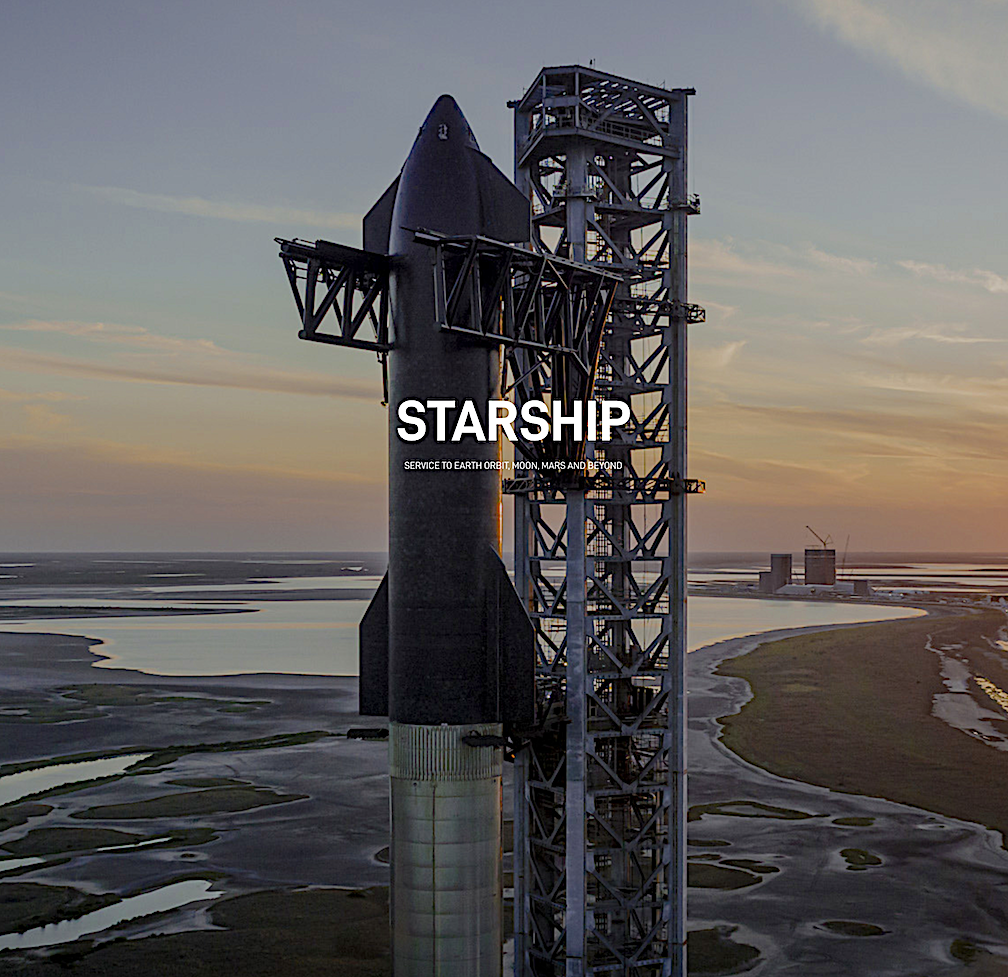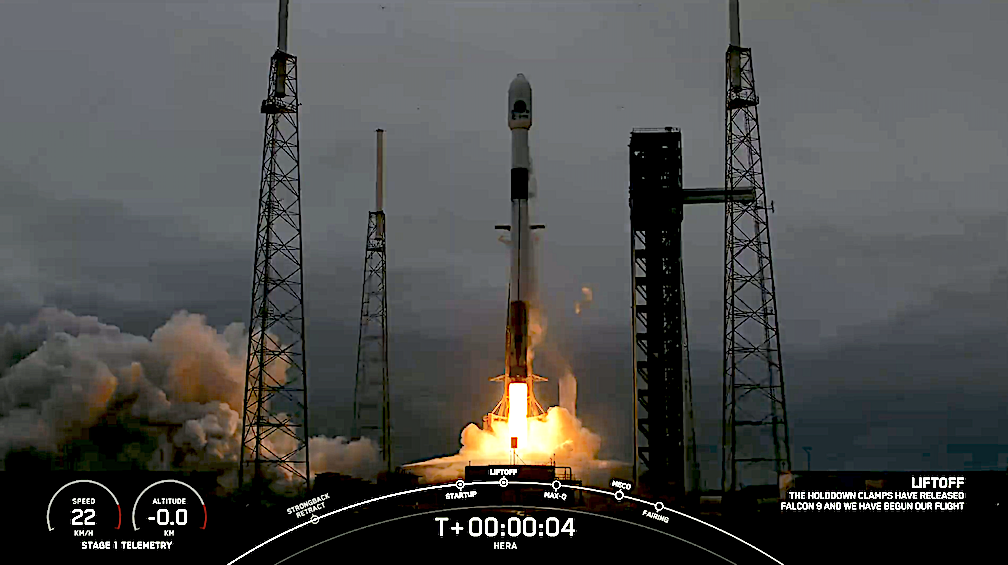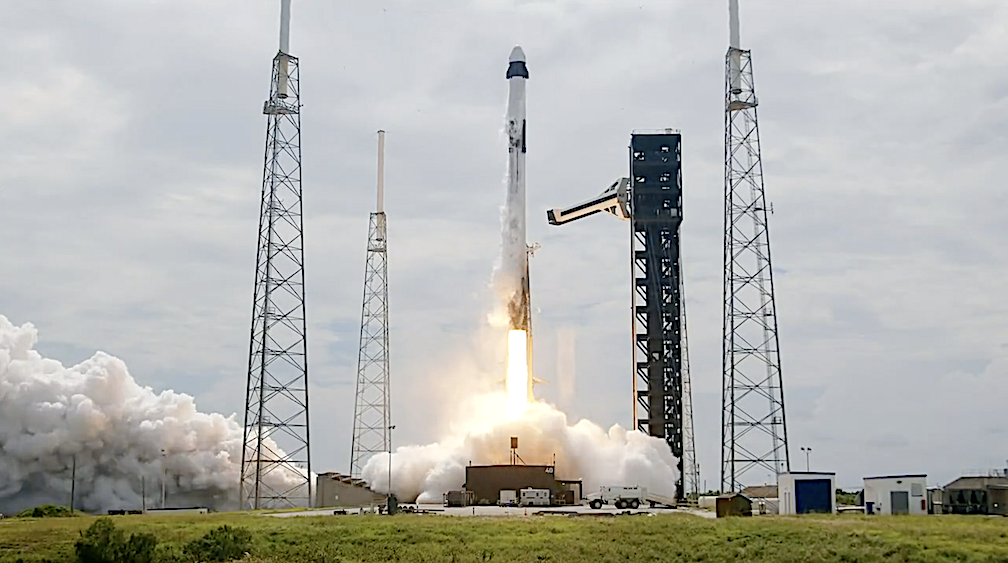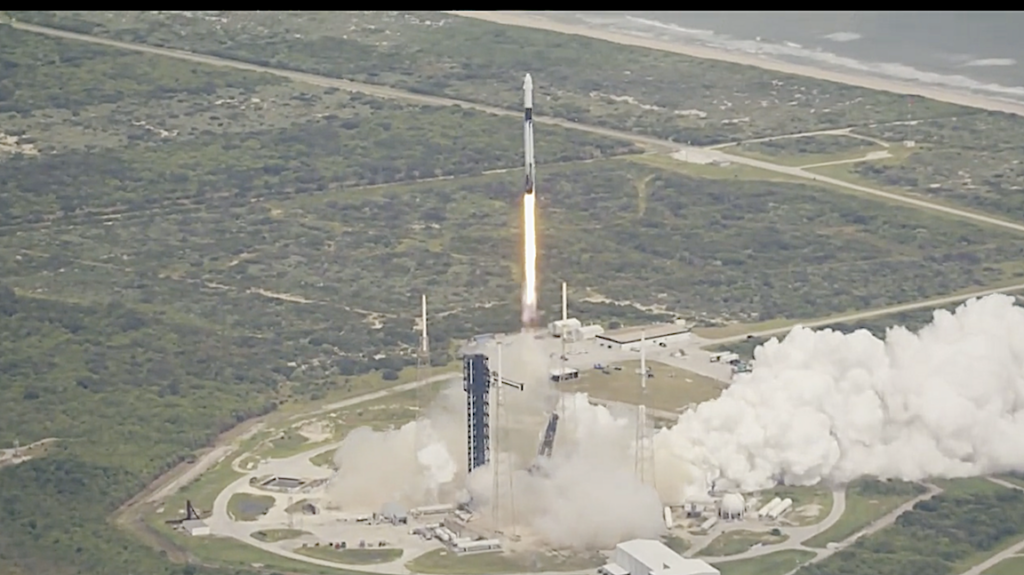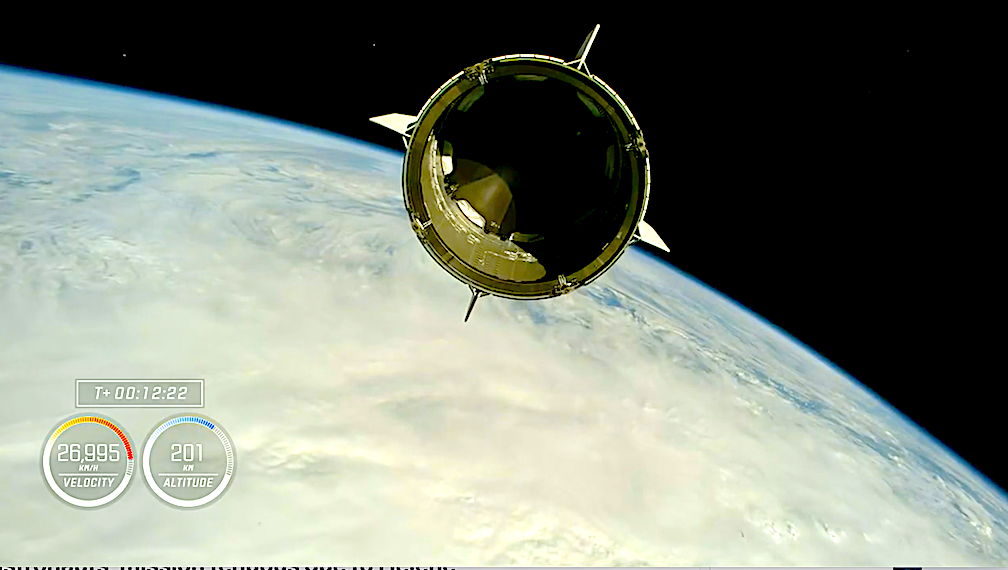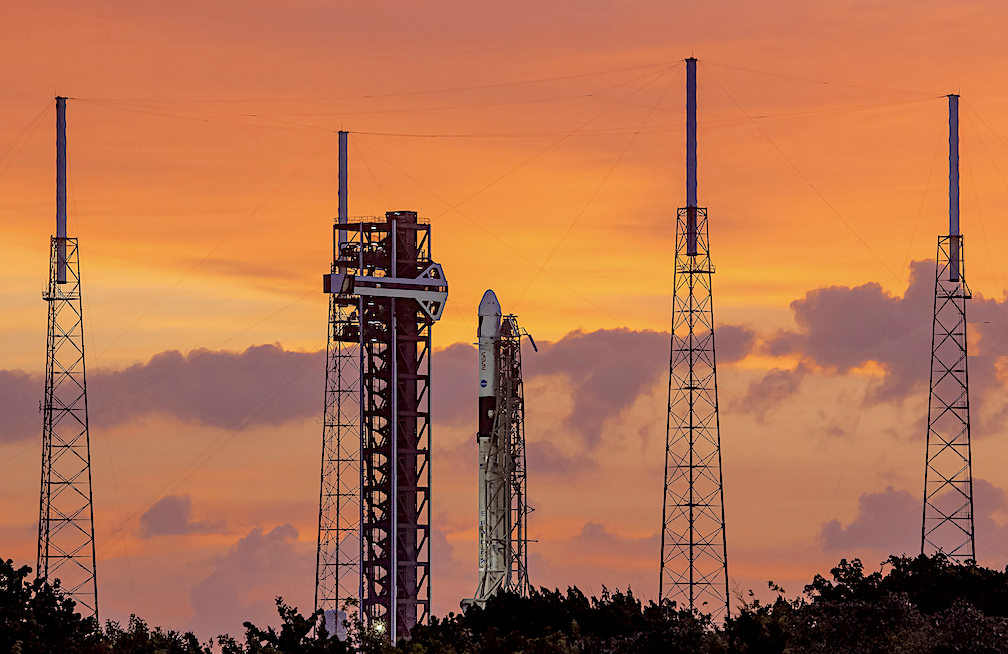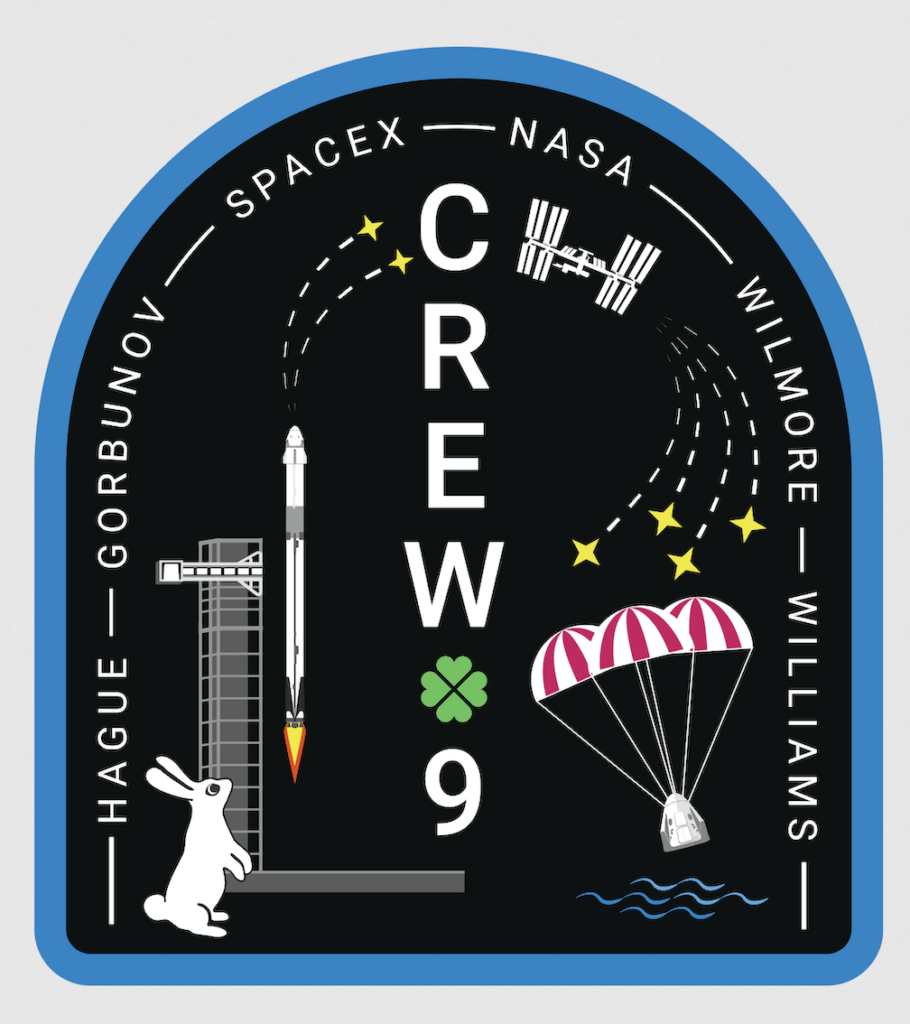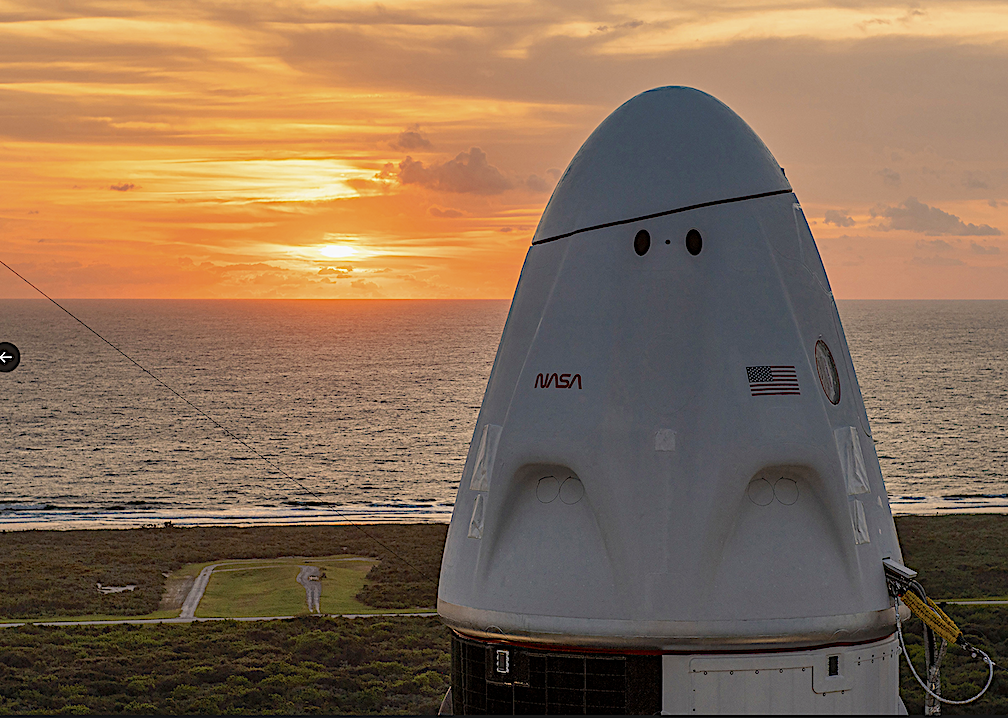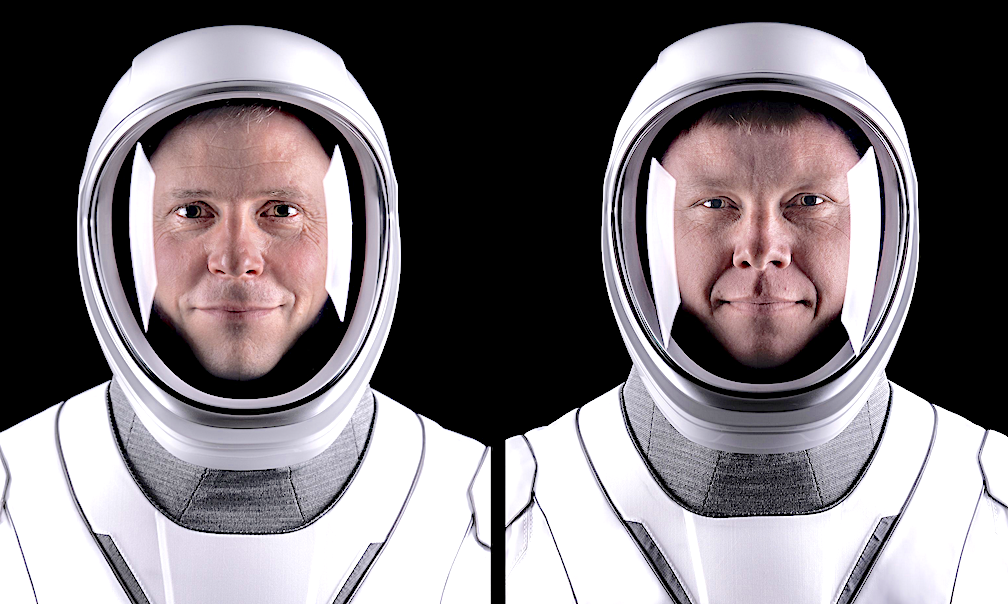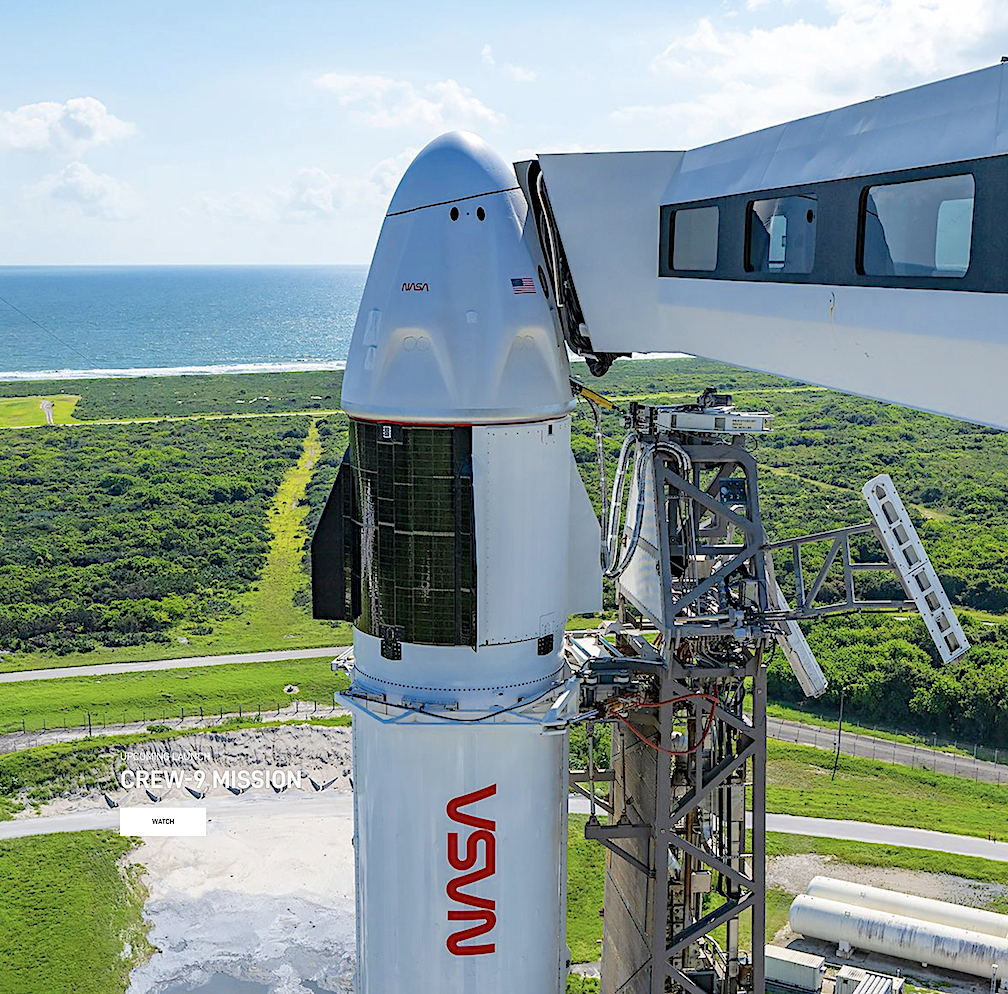
The Space Development Agency (SDA) has selected 19, non-traditional space companies to join the Hybrid Acquisition for Proliferated Low Earth Orbit, or HALO, pool, an acquisition approach to solicit and rapidly award protype demonstrations and experimentation to support future tranches of the Proliferated Warfighter Space Architecture.
HALO is an Other Transactions (OT) agreement modeled after an indefinite-delivery-indefinite-quantity (IDIQ)- approach, where each member receives an initial agreement valued at $20,000 to defray administrative and travel expenses and is then eligible to compete for future HALO demonstration prototype orders.
Future prototype orders under HALO will focus on rapid end-to-end mission demonstrations with launch of two identical satellites 12-18 months after award. The first planned prototype orders in HALO are for the Tranche 2 Demonstration and Experimentation System (T2DES) projects, which will reduce risk and demonstrate feasibility of proliferation for future tactical data links and optical communication missions.
“Through HALO, SDA has an even faster and more flexible contracting mechanism in place to compete and award T2DES and other SDA demonstration projects,” said SDA Director Derek Tournear. “We believe HALO will also increase the pool of performers capable of bidding on future SDA programs, including participation in layers of future tranches.”
Pool members selected include:
- Airbus U.S. Space & Defense, Arlington, Virginia
- Apex Technology, Inc., Culver City, California
- AST Space Mobile USA LLC, Midland, Texas
- Astro Digital, U.S. Inc., San Jose, California
- Capella Space Corps., San Francisco
- CesiumAstro Inc., Austin, Texas
- Firefly Aerospace, Inc., Cedar Park, Texas
- Geneva Technologies Inc., Monument, Colorado
- Impulse Space, Inc., Redondo Beach, California
- Kepler Communications U.S. Inc., Wilmington, Delaware
- Kuiper Government Solutions (KGS) LLC, Arlington, Virginia
- LeoStella LLC, Tukwila, Washington
- Momentus Space, San Jose, California
- Muon Space, Inc., Mountain View, California
- NovaWurks Inc., Los Alamitos, California
- Space Exploration Technologies Corps. (SpaceX), Hawthorne, California
- Turion Space Corp., Irvine, California
- Tyvak Nano-Satellite Systems, Inc., Irvine, California
- York Space Systems LLC, Denver
Industry had the opportunity to submit proposals against representative prototype orders to compete for specific flight demonstration opportunities as part of their bid for eligibility to join into the vendor pool. Only vendors in the HALO pool will be able to bid against future specific demonstration prototype orders. HALO may also increase the pool of performers capable of bidding on future SDA programs, including participation in layers of future tranches.
HALO will provide opportunities for companies to gain valuable experience working with SDA on demonstration projects. Space Development Agency, Washington, DC, is the agreement activity (FA24012490030).

